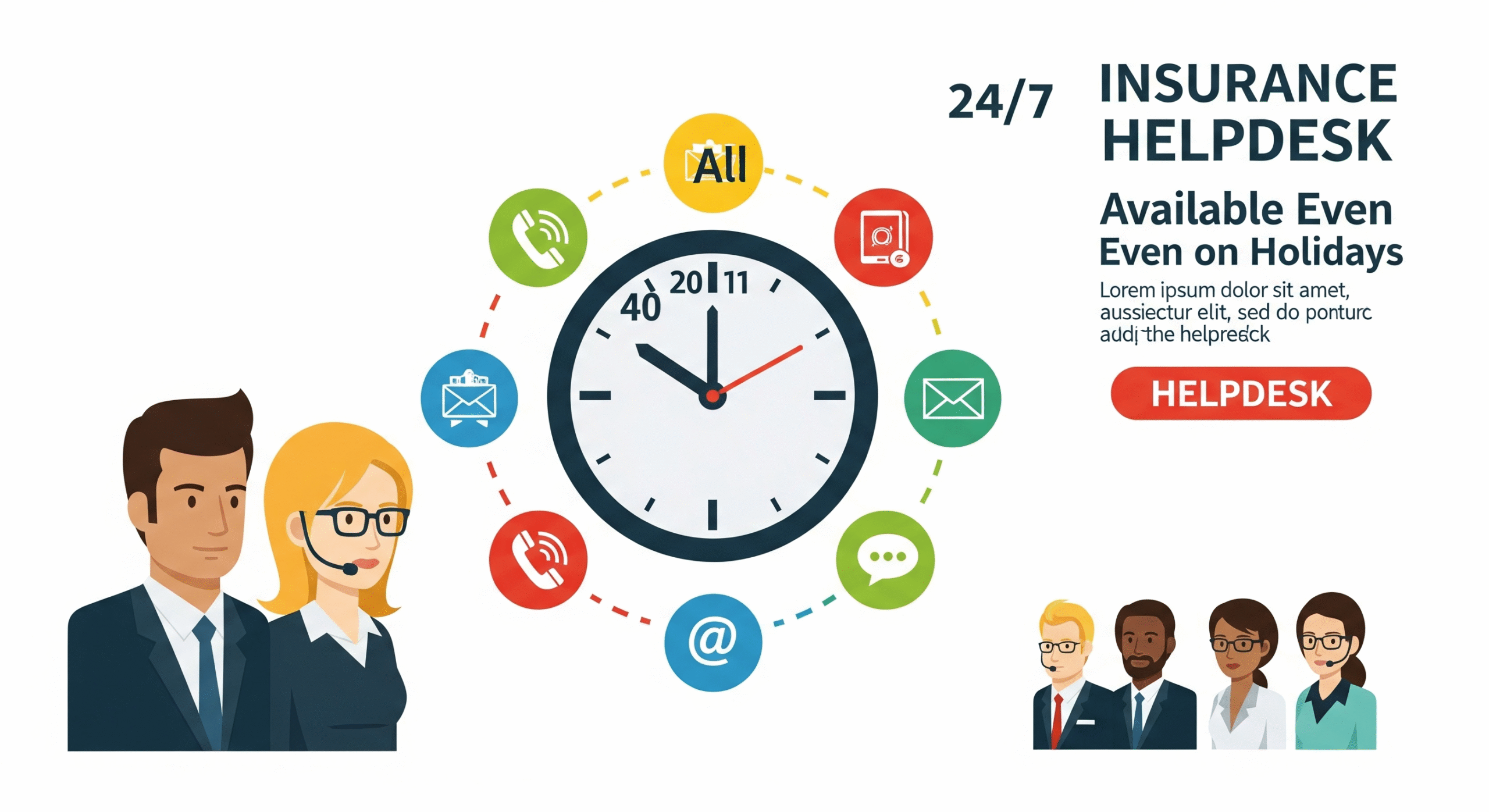How Can Campus Management Software Support Remote Learning and Hybrid Models?

The shift to remote and hybrid learning has made it essential for educational institutions to rethink how they manage daily operations. With students, faculty, and staff often located in different places, schools need more than just online classes—they require an organized system that keeps everything running smoothly behind the scenes.
That’s where Campus Management Software becomes vital.
Enabling Academic Flexibility Across Learning Modes
Education today isn’t limited to classrooms. Institutions now juggle physical lectures, live online classes, recorded sessions, and hybrid combinations. Managing this complexity manually invites errors and delays.
Campus software simplifies this process. It lets administrators coordinate class schedules, assign instructors, allocate virtual or physical classrooms, and sync academic calendars—all in one place. This ensures students receive a consistent learning experience, whether they attend from campus or home.
Enhancing Student Lifecycle Management
Remote models generate more digital touchpoints—from admissions to graduation. Without a centralized system, handling student data becomes overwhelming.
Campus platforms streamline the full student lifecycle by:
- Managing online applications and digital documentation
- Generating student IDs and login credentials automatically
- Handling tuition payments through secure portals
- Tracking attendance and academic performance
These functions run seamlessly and reduce staff workload while improving service quality for students.
Strengthening Communication and Engagement
Remote and hybrid setups often cause communication gaps. Students may miss updates, or faculty may lose track of student concerns. Integrated communication tools within campus systems prevent these issues.
Staff can send announcements, reminders, and progress updates through dashboards or mobile apps. Students can reach out for help, submit assignments, or attend virtual discussions without switching between multiple apps.
This unified approach strengthens engagement and builds a sense of community—something often lacking in virtual classrooms.
Automating Administrative Processes
Behind every successful online class is a series of processes—course mapping, resource allocation, faculty scheduling, and more. Campus software automates these tasks and minimizes manual errors.
It ensures departments stay in sync, reducing duplication and data silos. For example, when a student registers for a course online, their fee status, timetable, and exam registration update automatically across all relevant systems.
This integration is especially valuable for institutions operating across multiple campuses or time zones.
Supporting Virtual Resource Access
Remote learning still requires access to books, labs, and educational tools. A good campus system offers portals for:
- E-library access
- Lab slot bookings (virtual or physical)
- Equipment reservation
- Remote lab submissions
This ensures students can access necessary resources without being physically present and faculty can track and manage resource usage easily.
Delivering Actionable Insights Through Analytics
When teachers and students aren’t in the same room, it becomes harder to gauge performance. Campus systems resolve this by providing real-time dashboards that track attendance, assignment submissions, and learning outcomes.
Teachers can quickly identify who is falling behind. Administrators can spot trends in department performance, budget allocation, and resource utilization. These insights help institutions make better decisions without waiting for year-end reports.
Maintaining Compliance and Audit Readiness
Education regulators require accurate data—on student attendance, fees, faculty hours, and academic outcomes. For hybrid campuses, compiling this data manually can lead to mistakes.
Campus systems maintain secure digital records of all activities. Whether it’s a government audit or an internal review, institutions can easily pull reports, verify compliance, and maintain accreditation standards.
Ensuring Security and Data Privacy
With more students learning remotely, data protection becomes a top priority. Campus platforms are built with robust security protocols, role-based access, and encryption.
Students get access to only their records, faculty can manage their classes securely, and administrators can monitor activities without exposing sensitive data.
Scaling with Institutional Growth
As campuses expand or enroll more students, their digital systems must keep up. Modern software is cloud-based and scalable, allowing institutions to add users, courses, and locations without infrastructure strain.
This flexibility ensures the software grows alongside the institution without frequent rebuilds or technical disruptions.
Conclusion
Incorporating digital tools into education isn’t just about keeping up—it’s about staying ahead. Institutions that invest in Campus Management Software position themselves to handle evolving learning models, meet compliance demands, and deliver a better experience for students and staff alike. Whether supporting online-only environments or blended formats, this software acts as the backbone of a modern, connected educational ecosystem.




